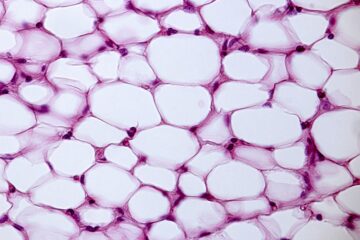As hypertension develops, the forces exerted by blood pressure are applied to the vessels’ structures inducing pathological changes in the cellular components of the vasculature. These changes are well described in cell populations of the vascular tunicas intima, media, and adventitia.
However, there is a gap in our knowledge of hypertension’s impact on adipocytes and their progenitors in the fourth vessel layer, the tunica adiposa or perivascular adipose tissue (PVAT).
Adipocytes are the core cells of PVAT and are a crucial source of vasoactive components that support blood pressure control. The central hypothesis of this project is that vascular mechanical forces during hypertension limit the adipogenic capacity of adipocyte progenitors (AP) and enhance their fibrotic responses, leading to PVAT dysfunction.
This project will investigate the effects of vascular mechanical forces on PVAT function by first determining how these forces interact with the stiffness of the PVAT extracellular matrix to affect the adipogenic potential of perivascular AP and govern their phenotype fate. And second, to determine how the adipogenic potential of perivascular AP cells is impacted by hypertension leading to an increase in their fibrotic fate and a reduction in PVAT adipocyte populations.
This project (IV) will provide unique mechanistic information on PVAT’s AP and adipocyte biology to support the development of 1) Project I, as these cells modify PVAT stiffness and how the tunica adiposa adapts to vascular mechanical forces; and 2) Projects II and III, as adipogenesis, lipogenesis, and fibrosis in PVAT respond to and modulate neurohumoral factors and immune cells.
We expect that elucidating the role of PVAT adipocyte progenitors and adipocytes as integrators of vascular health will redefine the role of these cells in the pathogenesis and control of hypertension.
Categorías:


0 comentarios